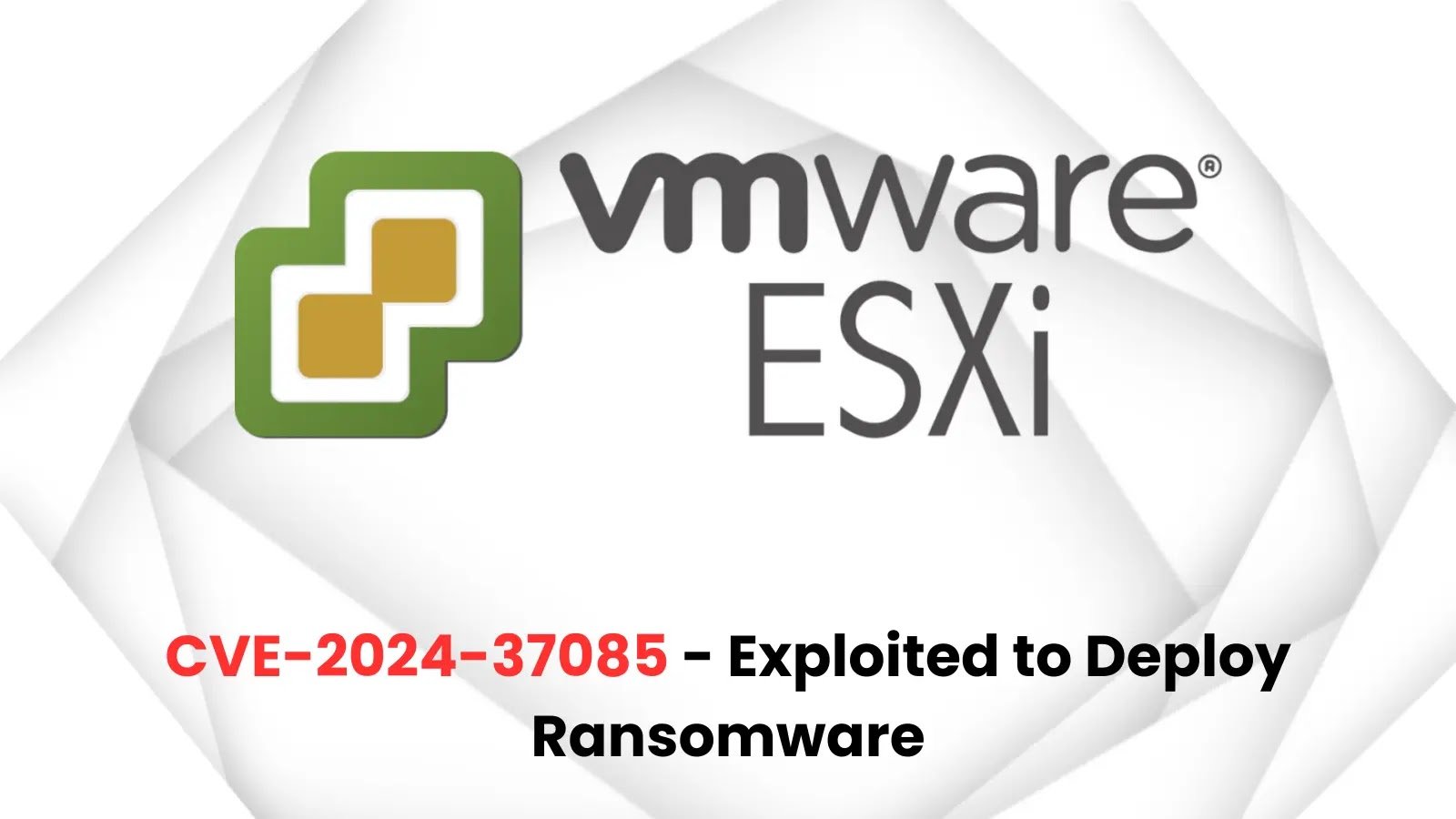Introduction:
In a recent development, the notorious BlackByte ransomware group has been observed exploiting a newly discovered vulnerability in VMware ESXi hypervisors, identified as CVE-2024-37085. This flaw allows attackers to bypass authentication on ESXi systems that are part of an Active Directory domain, giving them the ability to gain full administrative access and deploy ransomware across victim networks.
Understanding the Vulnerability:
The CVE-2024-37085 vulnerability is a critical security flaw in VMware ESXi hypervisors. When an ESXi system is joined to an Active Directory domain, this vulnerability enables attackers to bypass the usual authentication process. This is particularly dangerous as it allows unauthorized users to gain administrative privileges on the hypervisor, leading to full control over the virtual environment.
Exploitation by BlackByte:
BlackByte has quickly adopted this vulnerability into their attack arsenal. Cisco Talos researchers have identified that BlackByte operators are using this flaw to create a malicious “ESX Admins” group within Active Directory. By adding users to this group, they automatically gain administrative rights on the ESXi hypervisor. This administrative access is then used to deploy the BlackByte ransomware, which is capable of spreading across the network using a self-propagating, wormable mechanism.
Attack Chain Details:
The attack chain typically begins with the attackers gaining initial access through valid VPN credentials, possibly obtained via brute-force attacks. They then escalate privileges by compromising Domain Admin accounts and creating a malicious Active Directory group. This group is used to exploit the CVE-2024-37085 vulnerability, leading to full administrative control over ESXi hypervisors. Once in control, the BlackByte ransomware is deployed, encrypting files across the network.
Advanced Techniques Used:
BlackByte’s latest ransomware variant is sophisticated, employing several advanced techniques to bypass security controls. Notably, it uses a “Bring Your Own Vulnerable Driver” (BYOVD) technique, where the ransomware drops and uses vulnerable drivers from legitimate software (e.g., MSI Afterburner, Dell firmware updates) to evade detection. Additionally, it operates primarily out of the “C:\SystemData” directory and uses stolen credentials to spread laterally across the network using SMB and NTLM protocols.
Broader Implications:
The exploitation of this vulnerability is not limited to BlackByte. Other ransomware groups, including Storm-0506 and Storm-1175, have also been observed using this flaw in attacks that lead to the deployment of Akira and Black Basta ransomware. This highlights the widespread risk posed by the CVE-2024-37085 vulnerability across various industries.
Mitigation Strategies:
Organizations are strongly advised to take immediate action to mitigate the risks associated with this vulnerability. The following steps are recommended:
-
Patch Application: Apply VMware’s security patches to all affected systems, particularly updating to version 8.0 U3 or later.
-
Network Segmentation: Isolate critical systems and limit network access to management interfaces of VMware ESXi and vCenter Server.
-
Monitoring and Logging: Implement robust monitoring and logging mechanisms to detect unauthorized access attempts.
-
Regular Audits: Conduct regular security audits and vulnerability assessments to ensure the integrity of virtualized environments.
Conclusion:
The rapid adoption of the CVE-2024-37085 vulnerability by the BlackByte ransomware group underscores the importance of timely patching and vigilant security practices. As ransomware tactics continue to evolve, organizations must prioritize the security of critical infrastructure components like virtualization platforms to defend against these increasingly sophisticated attacks.
By staying informed and implementing the recommended security measures, businesses can reduce the risk of falling victim to these dangerous ransomware campaigns.

